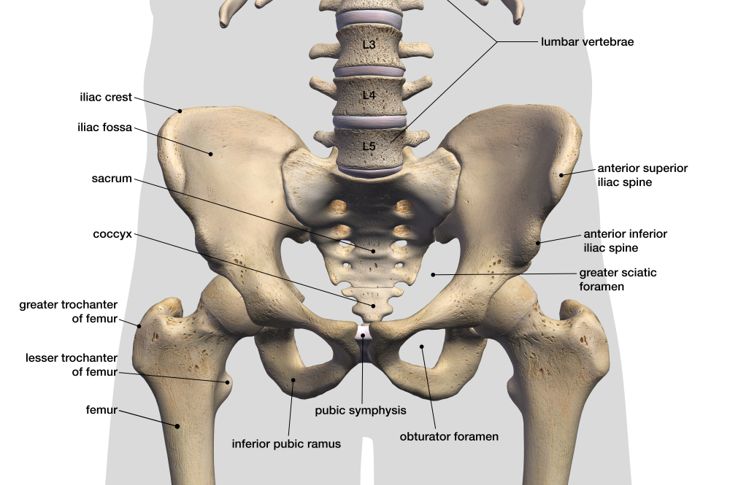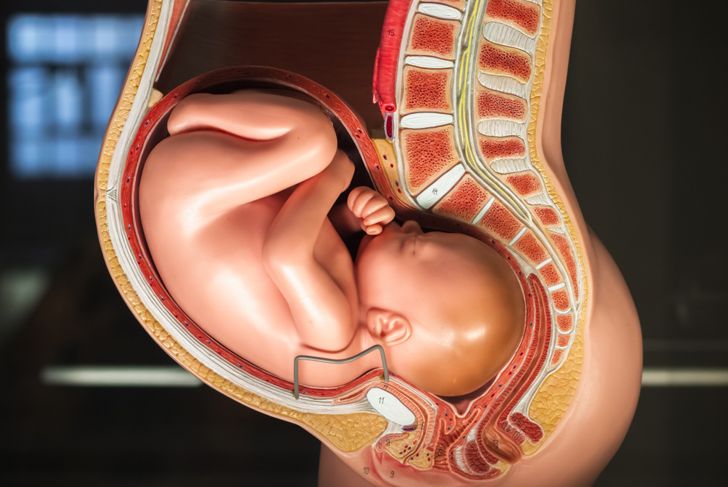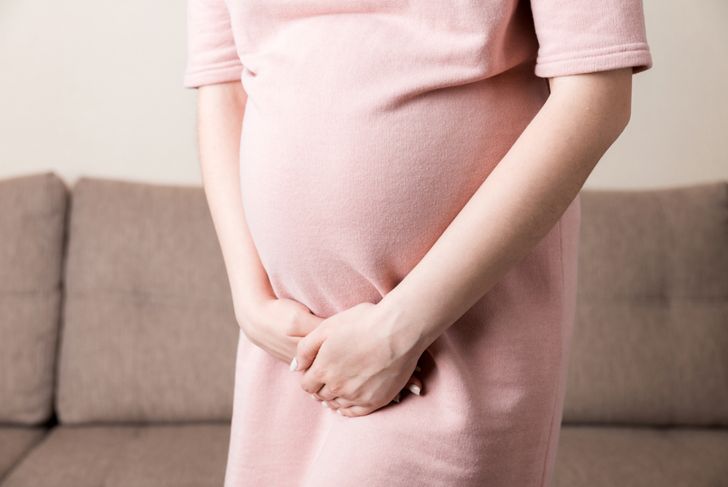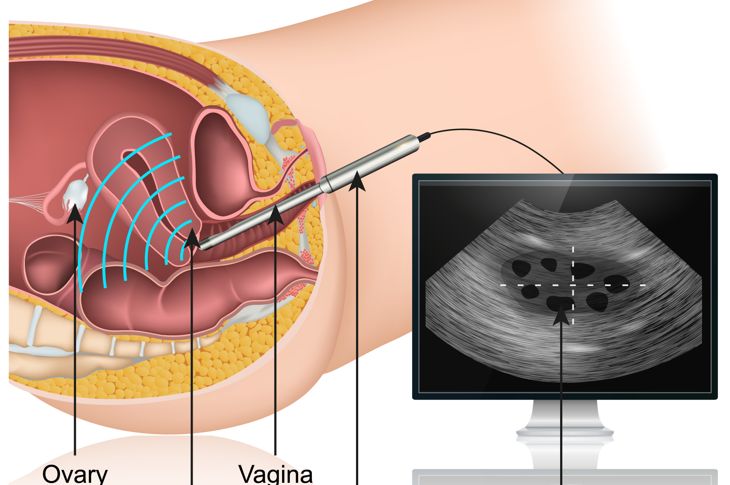“Lightning crotch” is the common name for symphysis pubis pain, which affects about one in five people during pregnancy. The symphysis pubis is a joint made of cartilage that sits between the pubic bones and in front of the bladder. This joint keeps the two sides of the pelvis together and maintains stability during activity; it also creates the opening through which the baby is birthed.Many factors contribute to lightning crotch. Though it cannot always be prevented, there are many ways to cope with it during pregnancy.
Causes: Change in Function
Lightning crotch occurs because of changes in a woman’s body during pregnancy. Some of these changes occur in the pelvic floor. Normally, the muscles that make up the pelvic floor support the organs above the pelvis, like the bowel and bladder. When we pass urine or stool, these muscles relax to let them pass.Pregnancy alters the function of these muscles, both by increasing the load placed on them and changing how strong the ligaments and muscles are. These changes lead to instability, which, in turn, leads to pain.
Causes: Collagen
Changes in the pelvic floor occur in all pregnancies, but lightning crotch only affects some women. Doctors do not know the precise cause of lightning crotch but have identified some possible contributing factors.Symphysis pubis pain may be due to the release of hormones that break down the collagen in the pelvic joint, resulting in the ligaments and muscles in the pelvis becoming less firm. This relaxation combined with the weight of the baby increases the pelvic load and commonly manifests as pelvic pain.
Risk Factors
Anyone can develop lightning crotch, but some factors increase the risk, including excess weight gain during pregnancy, prior pelvic injury, having a large baby, or having a history of symphysis pubis pain in previous pregnancies.Lightning crotch is most likely to develop between the 12 and 14th week of pregnancy, and most women report that it gets worse as the pregnancy progresses and the baby gets bigger.
Symptoms
Lightning crotch does not harm the baby, but the mother may feel significant pain. Symphysis pubis pain commonly occurs in the front and center of the pelvic bone, but it can spread across the lower back and into the thighs. For some women, the pain increases when walking up or down the stairs, rolling over in bed, standing on one leg, or spreading the legs apart.
Diagnosis
Doctors usually diagnose lightning crotch based on subjective symptoms, but the only way to confirm a diagnosis is through imaging. Some types of imaging will expose the fetus to radiation and are generally avoided. Transvaginal ultrasound is a safer way to confirm the diagnosis, which enables the doctor to see and measure the distance between the pelvic bones.
Treatment
Physical therapy is the best treatment for lightning crotch. Exercises aim to ease pain, improve joint stability, and strengthen the pelvic muscles. Some pregnant women find that doing these exercises in water is more comfortable.Crutches or pelvic support belts can help with pain relief, and positioning is also important, especially during childbirth and sexual intercourse. While these interventions can help, the symptoms are unlikely to completely resolve until after recovery from childbirth.
Other Ways to Cope
There are other things women can do to cope with lightning crotch pain in addition to physical therapy. People experiencing these symptoms should supportive shoes at all times and remain as active as possible, but stop if the pain gets worse.Sit down when getting dressed to avoid having to balance on one leg, and try to move both legs at the same time when getting out of the car. Finding a comfortable way to sleep is also helpful. Sleeping with a pillow between your legs helps most people, as does keeping the knees together when rolling over.
Things to Avoid
Women with lightning crotch during pregnancy should avoid any activity that causes pain. Some specific things to stay away from are standing on one leg, crossing your legs, sitting or standing for extended periods, lifting or pushing heavy things, and sitting on the floor. Women who are pregnant and have a toddler at home should avoid carrying the child on one hip and be careful when lifting or bathing them.
Postpartum
Lightning crotch can persist after delivery, as it takes time for hormone levels to return to normal after childbirth. Addressing the issue during pregnancy and increasing pelvic muscle strength can speed up recovery.Some risk factors to having postpartum lightning crotch include rapid labor, carrying multiples, and needing a forceps-assisted delivery.
Outcomes and Complications
In most cases, pelvic pain should resolve between four to 12 weeks after delivery, and most women recover within six months. In severe cases, the pubic bone separates, causing extreme pain and possibly requiring surgical intervention. This side effect is very rare, however, affecting less than 1 percent of pregnant women.

 Home
Home Health
Health Diet & Nutrition
Diet & Nutrition Living Well
Living Well More
More




















